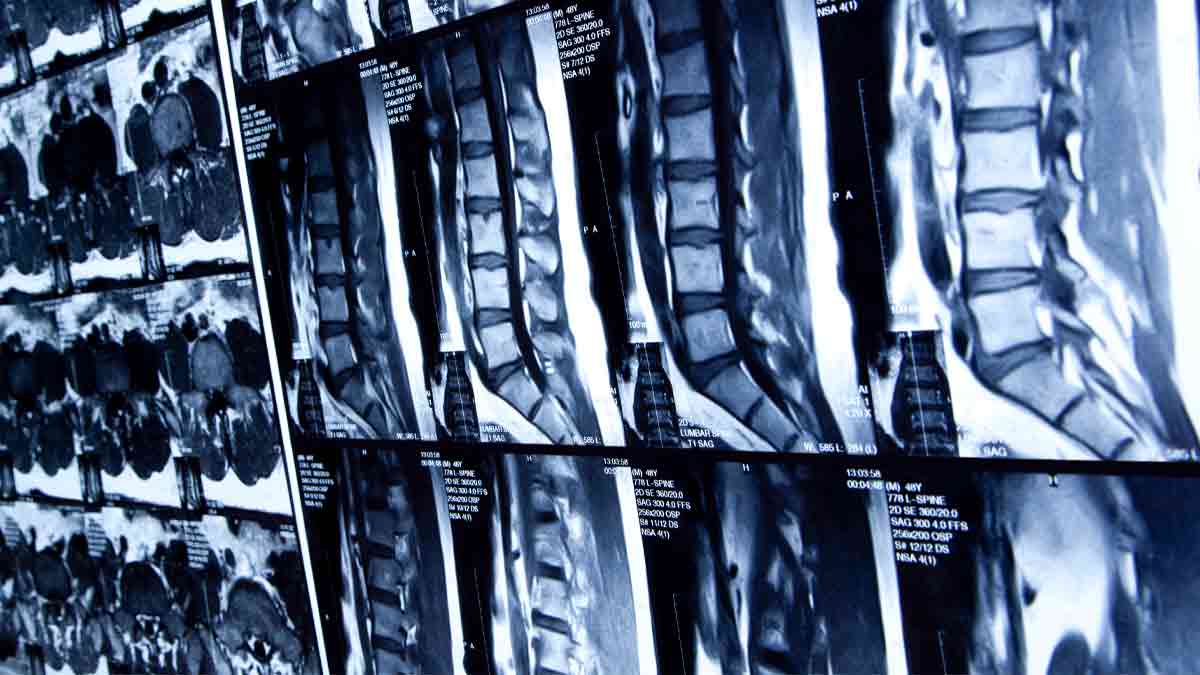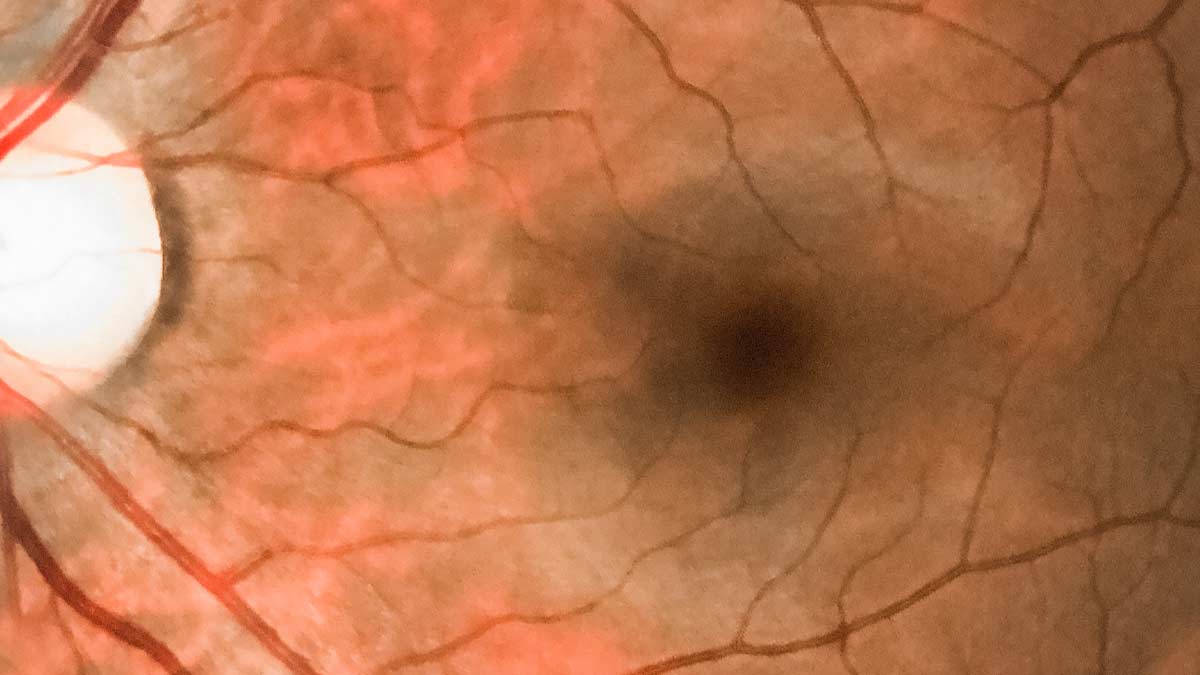Ohio State Skull Base Surgery Fellowship accredited by CAST
Daniel Prevedello, MD, and Douglas Hardesty, MD, have reviewed hundreds of MRI scans of brain tumors.
“Many of the tumors we treat are very rare,” says Dr. Prevedello, professor of Neurological Surgery at The Ohio State University College of Medicine and director of the Skull Base and Pituitary Sur-gery Center at The Ohio State University Comprehensive Cancer Center – Arthur G. James Cancer Hospital and Richard J. Solove Research Institute. “Surgeons in a general private practice neurosur-gery setting might only see a handful or even none of these types of tumors in their careers.”
Dr. Prevedello and Dr. Hardesty, assistant professor of Neurological Surgery at the Ohio State College of Medicine and director of the Ohio State Neurosurgery Gamma Knife Radiosurgery Program, specialize in skull base surgery, a subcategory of neurosurgery dedicated to benign and malignant disease processes located on the anatomical floor of the cranial cavity known as the skull base.
As skull base diseases span across many regions of the brain and bone, with many areas involved in sensory processing, there are a vast scope of symptomatic manifestations such as cranial nerve problems, sensory loss, headaches, limb weakness, double vision, facial palsy, swallowing disorders, tongue deviations and even hormonal imbalances. To narrow down the direct cause and lay out a care plan blueprint, Drs. Hardesty and Prevedello review hundreds of computed tomography and magnetic resonance imaging (MRI) scans to scope out tumors, infections, spinal fluid leaks and other processes.
The skull base neurosurgeons have gained the attention of patients across the globe, an unsurprising feat when observing the cutting-edge quality and variety of surgeries performed by Drs. Hardesty and Prevedello.
One reason for their remarkable level of care is their heavily interdisciplinary planning approach. The two often discuss and review cases with colleagues in ophthalmology, radiation oncology, endocrinology and otolaryngology.
“In general, our goals for any skull base surgical procedure is to treat the pathology at hand, maximize patient quality of life and minimize any morbidity and injury caused by surgery,” says Dr. Hardesty. “A multidisciplinary team approach establishes the highest-level quality of specialized care.”
In addition to harnessing the professional perspectives of other nationally ranked specialties at the Ohio State College of Medicine, Dr. Hardesty’s and Dr. Prevedello’s dexterous surgical skills provide patients with exceptional outcomes, with the neurosurgeons providing ultra-delicate surgeries to avoid injury to critical structures. The most notable surgical technique practiced by this pair is the endoscopic endonasal approach (EEA).
The EEA surgical approach allows neurosurgeons to use the natural corridor of the nose to approach skull base disease from below. In addition to treating pituitary tumors, CSF leaks, some cancers and other benign-type tumors such as meningiomas and some schwannomas, the approach requires no external incisions for the patient. This results in a smaller chance of facial disfigurement, less trauma to the brain and nerves, and overall quicker recovery times with fewer postsurgical side effects.
“The endoscopic endonasal approach is not performed at all institutions, although it has certainly become much more common over the last decade,” says Dr. Hardesty. “We work at a very large-volume EEA site, performing over 200 highly complex EEAs each year. We are very proud of the quality and quantity of these procedures, as well as the several hundred open or traditional craniotomy-type surgeries for skull base disease that we perform each year.”
The pair are working in collaboration with the Journal of Neurosurgery in compiling the largest-ever peer-reviewed publication series of EEA surgery, with outcome and complication reports from 1,002 performed EEAs at the Ohio State Wexner Medical Center from 2012-2018.
Dr. Hardesty’s and Dr. Prevedello’s high-proficiency and output in skull base neurosurgery is rooted in their inspiration to help people with extremely complex diseases achieve the best possible outcome. They find that the challenge of this enormous responsibility is compensated by the gratitude of their patients.
Educating the next generation of neurosurgeons with a world-class fellowship
In addition to practicing world-class care, Drs. Hardesty and Prevedello go a step further by providing valuable insights and mentorship to their academic community through running the Ohio State College of Medicine’s Skull Base Surgery Fellowship. This fellowship offers advanced, comprehensive training in skull base surgery, and allows fellows to participate with senior staff in all decisions surrounding surgical preparation, delivery and postoperative care. The opportunity nurtures students in an interdisciplinary setting to become masterful neurosurgeons who approach skull base diseases through an interdisciplinary lens.
“We can only help one patient at a time,” says Dr. Prevedello. “It is only through mentorship and fellowship that we can properly teach these techniques to our fellows. They are our legacy, and they will properly take care of the patients in other parts of the world and in the future.”
In addition to drawing the attention of patients worldwide, the Ohio State College of Medicine’s Skull Base Surgery Fellowship has gained recognition from the academic community. It’s one of the first skull base fellowships in the nation to be accredited by the Committee on Advanced Subspecialty Training for the Society of Neurological Surgeons.
“This accreditation standardizes fellowships by having them report surgery quality, number and variety of procedures, and the percentage of positive treatment outcomes,” says Dr. Prevedello.
This accreditation validates the high caliber of this fellowship, giving fellows better job prospects following their time with the program, as well as increases patient interest.
“This accreditation underscores and recognizes the critical importance and impact of The Ohio State University Skull Base Surgery program nationally,” says Russell Lonser, MD, professor and chair of the Department of Neurological Surgery at the Ohio State College of Medicine. “It’s a tribute to Drs. Prevedello’s and Hardesty’s — and their interdisciplinary colleagues’ — outstanding patient care and training expertise.”



